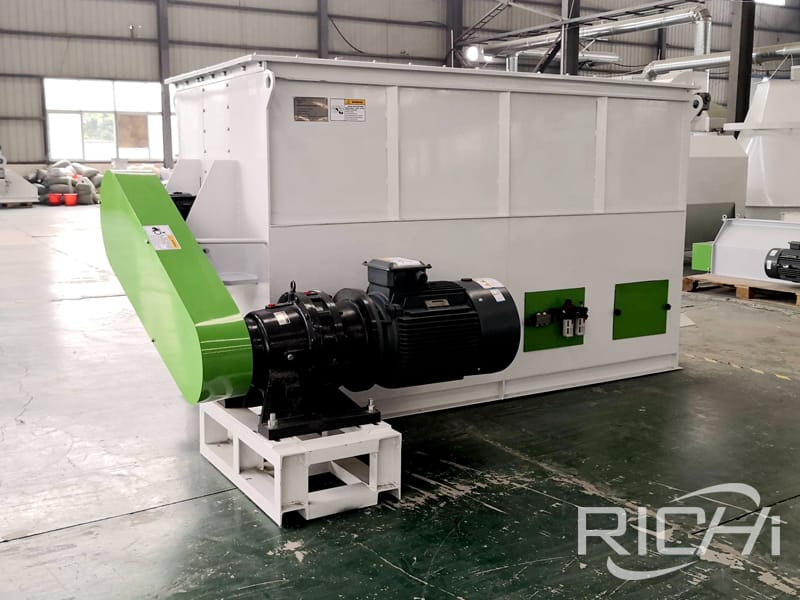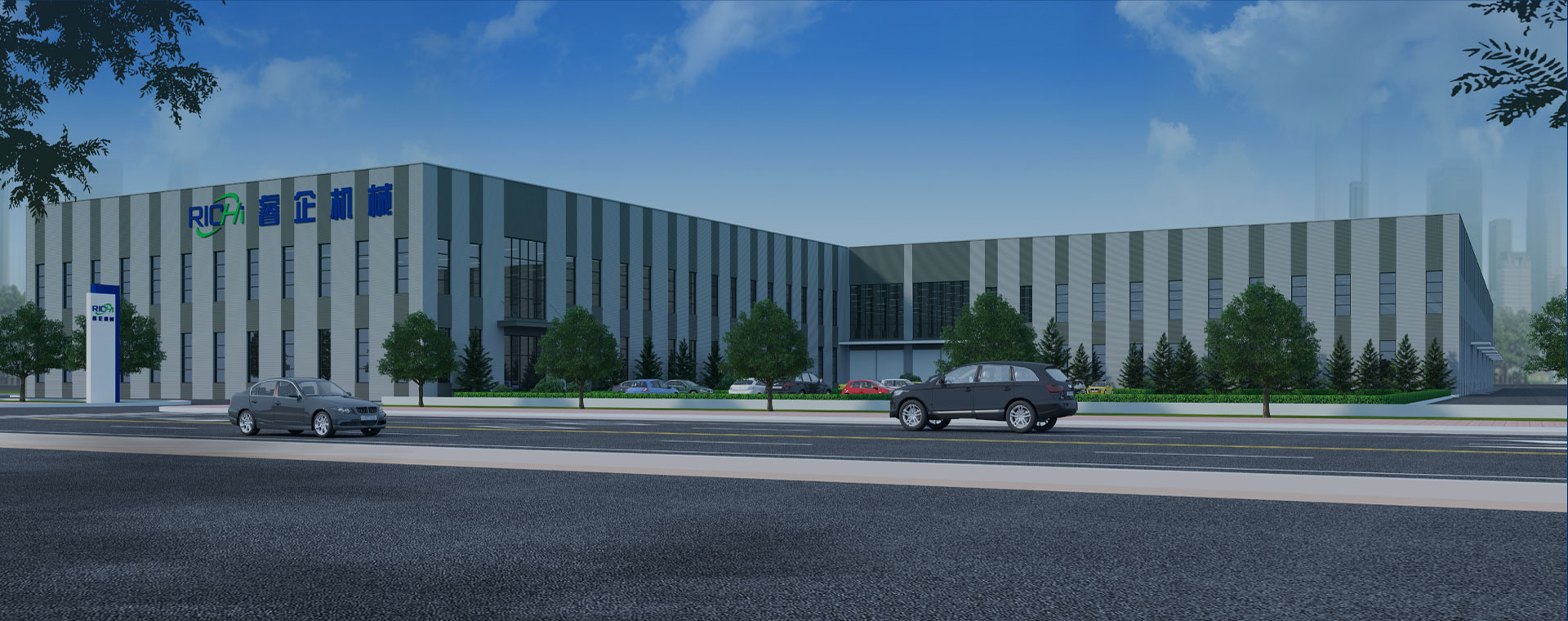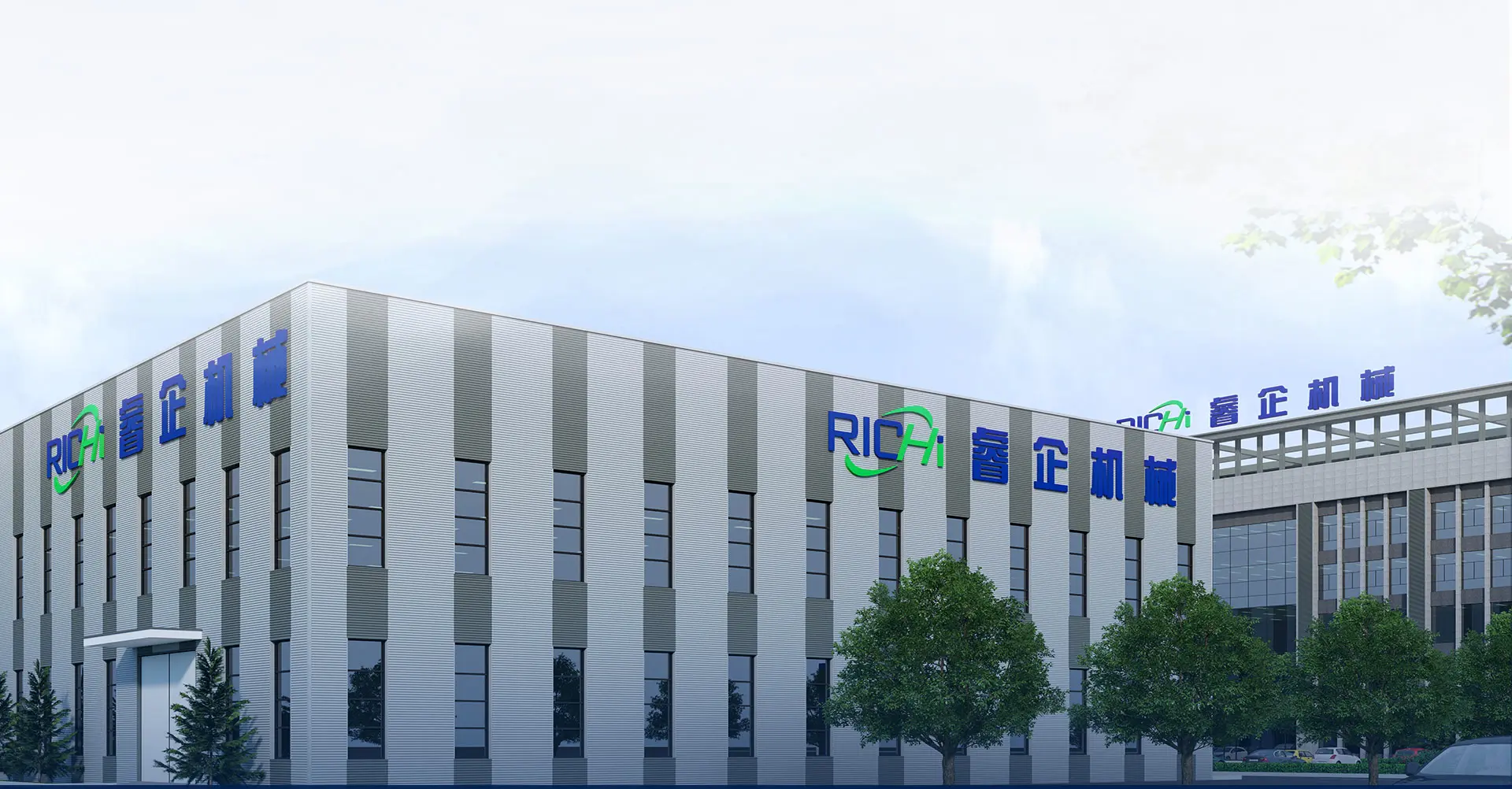Feed Ingredient Process for Large-Scale Layer Farms
For farms with a size of 300,000 laying hens, the goal of feed quality pursuit is a long peak egg production period, high egg production rate, good egg quality, and good feed digestion utilization rate, which can improve the breeding environment of the laying hen farm and improve the laying hen breeding economic and social benefits. Based on years of technical formula service experience, Richi Machinery summarizes the feed ingredient process of the layer farm.

Main Process Steps
- Crushing Section: Increases contact area between feed and digestive enzymes, improving nutrient absorption. Grain size should be adjusted according to different feeding stages. Raw materials like corn and soybean meal require crushing.
- Mixing Section: Ensures uniform distribution of each feed component. Mixing uniformity coefficient must be less than 7%. Influenced by mixing time, fullness factor, and feeding sequence.
Mixing Time Guidelines
- Professional feed factories: optimal mixing time within 2 minutes.
- Farm-purchased mixing equipment: generally 5–10 minutes.
- Over-mixing can reduce uniformity; under-mixing leads to poor blending.
- Richi Machinery can measure mixing uniformity for customers to determine optimal mixing time.
Feeding Sequence Recommendations
- Input 80% of large-proportion components first.
- Add small-proportion materials (micro-components, premix).
- Add remaining 20% of large-proportion components to cover micro-components.
- If liquid components are used, add them after partial mixing to prevent loss or uneven blending.
Note: Fullness factor refers to the ratio of feed volume in the mixer to the mixer's volume, affecting accuracy and efficiency.
Equipment Required for Over 300,000 Layers
- Feed Hammer Mill (10–13T/H, 110KW)
- Animal Feed Mixing Machine (2000KG/BATCH, 30KW)
Welcome to contact Richi Machinery for details and technical support.


